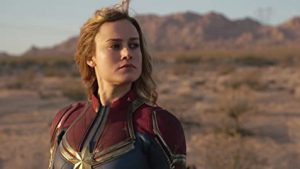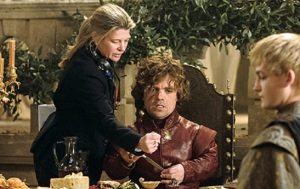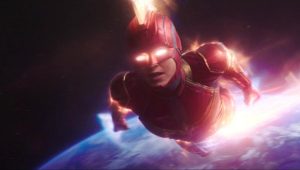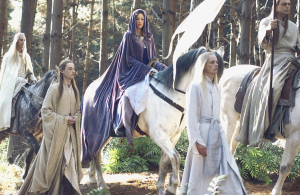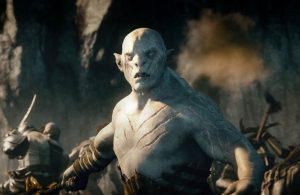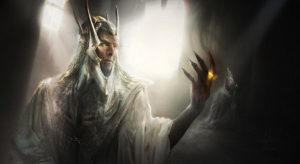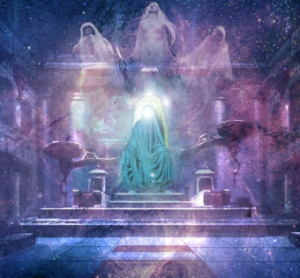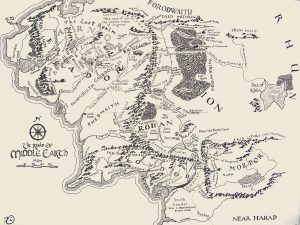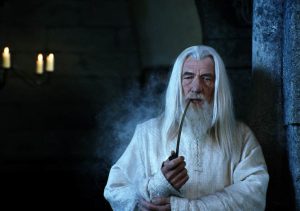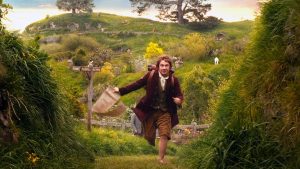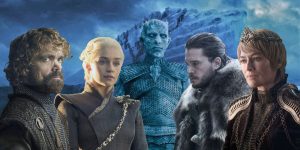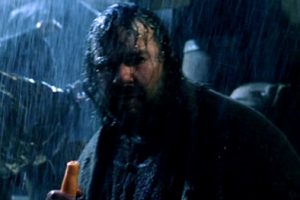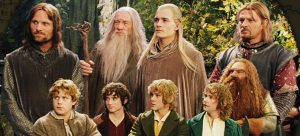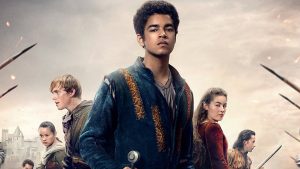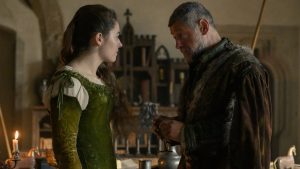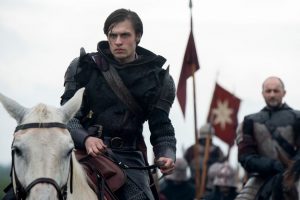You know what they say about Game Of Thrones spin-offs, don’t you? Every time a new one gets announced, the gods toss a coin in the air, and the world holds its breath to see how it will land. Some have filmed entire pilot episodes before being abruptly canceled, some haven’t made it nearly that far, but so far prequel series House Of The Dragon is the only one that we can be (relatively) certain will actually hit HBO sometime next year.

As for whether it will be any good, the other big question that must necessarily be asked of any Game Of Thrones property following the long-running original series’ disastrous final season, that’s much more unclear. The first photos from House Of The Dragon weren’t particularly revealing, but failed to inspire much confidence in the series’ costume, hair, and makeup departments. Today, HBO unveiled a brief teaser trailer that still features its fair share of awkward wigs and lackluster outfits, but at least promises more of the political intrigue and intricate royal court drama that made Game Of Thrones such a phenomenon in the first place…before the writers ran out of George R.R. Martin books to adapt, and abandoned realism for bland high fantasy.
Fortunately for everyone involved, the source material for House Of The Dragon is a finished work, one that doesn’t require the writers to clumsily invent their own ending for the series from scratch. Based on Martin’s book Fire & Blood, House Of The Dragon tells the story of the war that tore the Targaryen family apart from the inside roughly two-hundred years before the events of Game Of Thrones. But while a lot changes in that time, even more stays the same: because just like Game Of Thrones, House Of The Dragon features deeply flawed and morally-conflicted characters fighting for power – only this time, basically everybody has a dragon.
Now, I’ve never read Fire & Blood, but I am a history buff, so it didn’t take me long before I started really vibing with the source material as I researched the history of the Targaryen family, the lead-up to the Dance of the Dragons, and the central power-struggle between Rhaenyra Targaryen, Daemon Targaryen, Alicent Hightower, and Aegon Targaryen II. It’s all really good stuff, and House Of The Dragon is going to have multiple seasons to give this story and these characters the justice they deserve. Based on this trailer, season one is very much going to be a “prelude to war”, fleshing out all of the characters and their relationships before pitting them against each other.
The teaser trailer provides very quick glimpses of important characters and events, accompanied by some (in my opinion, rather poorly-edited) narration from Matt Smith’s Daemon Targaryen, the younger brother of Westeros’ current Targaryen king, Viserys I. With Viserys nearing the end of his life, the question of who will succeed him weighs heavily on the minds of everyone at court, particularly Viserys’ adult daughter Princess Rhaenyra, and Rhaenyra’s stepmother Queen Alicent Hightower. Two political factions emerge, one recognizing the legitimacy of Rhaenyra’s claim to the throne and the other seeing Alicent’s young son with Viserys, Aegon II, as the better (i.e. male) option.

My hope is that these characters will all have clear and well-defined motivations for wanting the Iron Throne, but I do worry that House Of The Dragon will try too hard to justify Daenerys Targaryen’s “mad queen” turn in the final season of Game Of Thrones by retroactively doubling down on the idea that latent sociopathy runs in the Targaryen bloodline and can pop up whenever the writers need to cut a character’s arc abruptly short – a lazy excuse for a horribly-executed plot twist that I’d rather see retconned entirely than expanded upon; especially since House Of The Dragon is focused on another ambitious woman soon to be vilified for her actions.
House Of The Dragon is very clearly trying to establish visual and thematic parallels between the stories of Daenerys and Rhaenyra – the latter’s slow yet confident march toward the Iron Throne echoes Daenerys’ climb to that accursed chair in dream sequences and at the very end of her life in Game Of Thrones, and even their appearances are strikingly similar. I can only hope for Rhaenyra’s sake that her writers don’t fail her the same way that Benioff and Weiss failed Daenerys and her legions of fans, and in so doing tainted the Iron Throne to the point where even seeing it onscreen again brings back feelings of disappointment and regret.
House Of The Dragon will at least feature a relatively more diverse main cast than Game Of Thrones, which relegated most of its characters of color to the outskirts of the story. Most of the characters from House Valeryon, including Corlys Valeryon and his children Laenor and Laena, will be portrayed by Black actors, and the fascinating Mysaria, Rhaenyra and Daemon’s Mistress of Whisperers, will be played by Japanese actress Sonoya Mizuno. All of these characters have integral roles in the Targaryen civil war, and I can’t wait to see more of them.
And, of course, there will be plenty of dragons for everyone wondering…although they’re absent from this teaser trailer, which I think is a mistake. I understand that House Of The Dragon is still in post-production, so HBO probably doesn’t have any good dragon footage ready to go just yet, but in that case they should have just waited until they did. The show has dragons in the title, Matt Smith’s narration and HBO’s new tagline for the show both use the quote “Dreams didn’t make us kings…dragons did”, and the trailer itself has no dragons. It’s very disappointing in that regard, particularly seeing as dragons are a really big part of the Dance of the Dragons storyline…as you’d expect from, you know, the name.

But now we wait…for a specific release date to be announced, for HBO to show us some dragons already, for the coin to finally land and decide whether House Of The Dragon can reclaim the throne that Game Of Thrones itself willfully abdicated in its final season, or whether it will all come tumbling down, like the easily-avoidable pile of bricks that ultimately killed Cersei and Jaime Lannister because dying ignominiously in the penultimate episode was better than surviving into that dumpster-fire of a series finale.
Trailer Rating: 8/10
